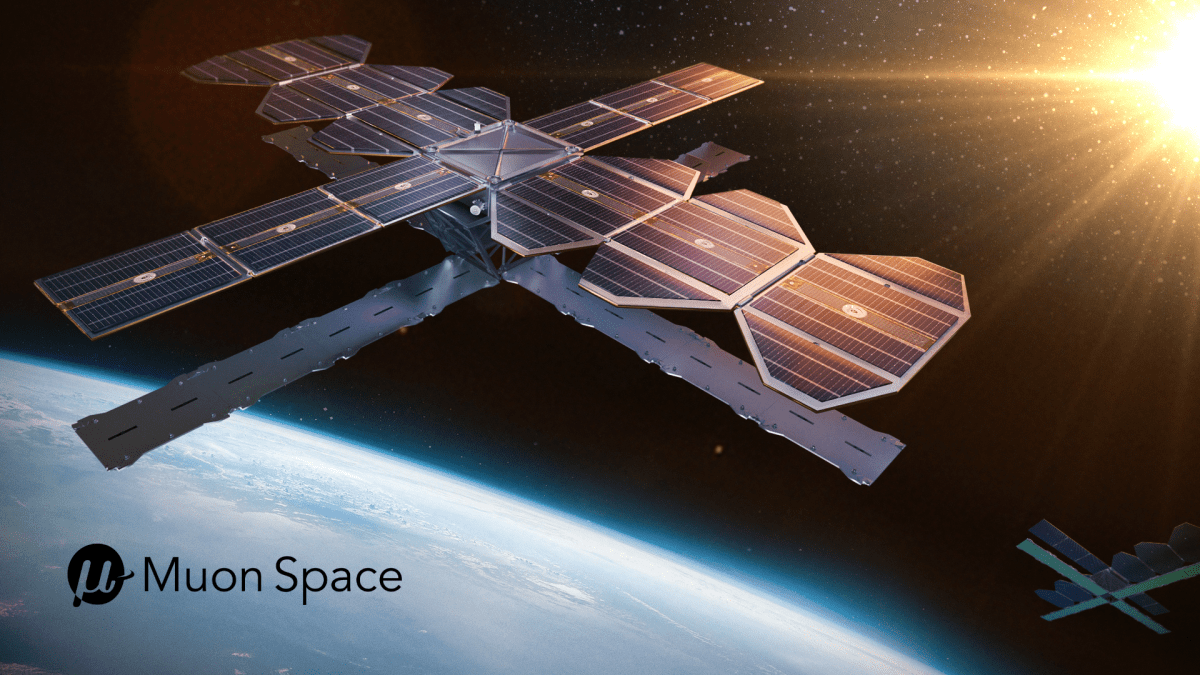BREAKING: Hubble Network is set to revolutionize global tracking with a significant upgrade to its satellite-powered Bluetooth network. The Seattle-based startup announced this game-changing enhancement just hours ago, which aims to create what CEO Alex Haro describes as a “true Bluetooth layer around the Earth.”
This ambitious upgrade involves a powerful new phased-array receiver, which will be deployed on two cutting-edge satellites, MuSat XL, scheduled for launch in 2027. These satellites promise a remarkable 12-hour global revisit time and the capability to detect Bluetooth Low Energy (BLE) signals at 30 times lower power than current technology. If successful, this advancement could extend the battery life of tracking tags and sensors worldwide.
Hubble’s BLE Finding Network aims to benefit enterprises across various sectors, including logistics, infrastructure, and defense. This urgent development follows Hubble’s historic achievement in 2024 as the first company to establish a Bluetooth connection directly to a satellite. By eliminating the need for specialized hardware, Hubble offers a streamlined solution: customers will only need to integrate their devices’ chipsets with a firmware update to connect to the Hubble network.
The advantages of this space-based network are substantial, providing visibility in remote locations and allowing companies to track assets without investing in additional infrastructure. Currently, Hubble operates seven spacecraft, with plans to expand this number to 60 satellites by 2028. This aggressive strategy aims to upgrade the entire constellation to larger platform buses, enhancing power and performance.
Haro emphasized the importance of their partnership with Muon Space, a four-year-old company noted for its rapid scalability in satellite manufacturing. A recent funding round of $146 million positions Muon well for this expansion. Gregory Smirin, president of Muon Space, revealed that their San Jose production facility is projected to support the production of over 500 spacecraft per year by 2027.
The MuSat XL platform, weighing in at 500 kilograms, is designed to deliver multi-kilowatt power, high-volume downlink capabilities, and “near real-time” communications for time-sensitive missions. This collaboration also marks a strategic move for Muon Space to compete for lucrative contracts with the Department of Defense, aiming to play a vital role in the Space Development Agency’s initiatives for missile defense.
Muon’s innovative business model, dubbed “space-as-a-service,” allows them to design, build, and operate satellites efficiently. This vertical integration enables Hubble to focus on enhancing its BLE network while Muon manages satellite platforms and mission operations.
This upgrade is not just a technological advancement; it holds the potential to transform how enterprises track and manage their assets globally. With the launch of the MuSat XL satellites on the horizon, the implications for logistics, security, and infrastructure are profound.
Stay tuned for further updates as Hubble Network and Muon Space prepare to redefine global connectivity through groundbreaking satellite technology.
